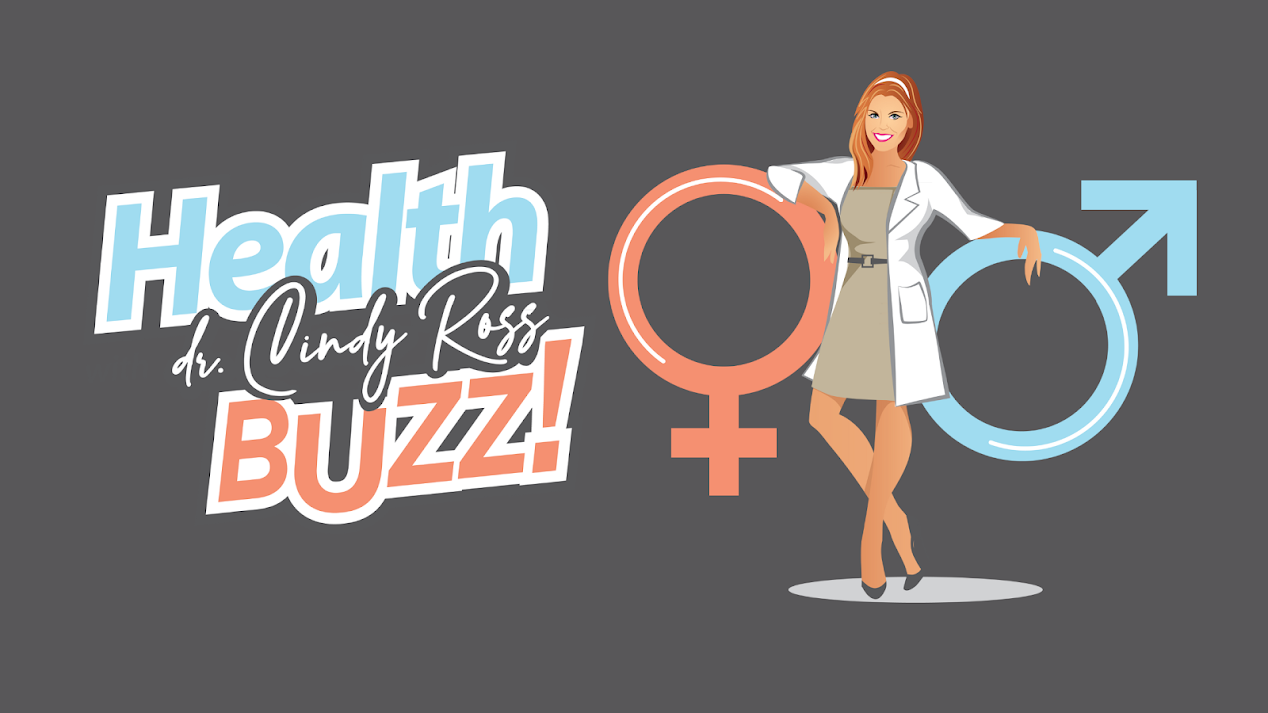Myth: All fats are equal—and equally bad for you.
Fact: Saturated fats and trans fats are bad for you because they raise your cholesterol and increase your risk for heart disease. But monounsaturated fats and polyunsaturated fats are good for you, lowering cholesterol and reducing your risk of heart disease.
Myth: Lowering the amount of fat you eat is what matters the most.
Fact: The mix of fats that you eat, rather than the total amount in your diet, is what matters most when it comes to your cholesterol and health. The key is to eat more good fats and less bad fats.
Myth: Fat-free means healthy.
Fact: A “fat-free” label doesn’t mean you can eat all you want without consequences to your waistline. Many fat-free foods are high in sugar, refined carbohydrates, and calories.
Myth: Eating a low-fat diet is the key to weight loss.
Fact: The obesity rates for Americans have doubled in the last 20 years, coinciding with the low-fat revolution. Cutting calories is the key to weight loss, and since fats are filling, they can help curb overeating.
Myth: All body fat is the same.
Fact: Where you carry your fat matters. The health risks are greater if you tend to carry your weight around your abdomen, as opposed to your hips and thighs. A lot of belly fat is stored deep below the skin surrounding the abdominal organs and liver, and is closely linked to insulin resistance and diabetes.
Monounsaturated fats and polyunsaturated fats are known as the “good fats” because they are good for your heart, your cholesterol, and your overall health.
GOOD FATS
| |
Monounsaturated fat
|
Polyunsaturated fat
|
§ Olive oil
§ Canola oil
§ Sunflower oil
§ Peanut oil
§ Sesame oil
§ Avocados
§ Olives
§ Nuts (almonds, peanuts, macadamia nuts, hazelnuts, pecans, cashews)
§ Peanut butter
|
§ Soybean oil
§ Corn oil
§ Safflower oil
§ Walnuts
§ Sunflower, sesame, and pumpkin seeds
Flaxseed
§ Fatty fish (salmon, tuna, mackerel, herring, trout, sardines)
§ Soymilk
§ Tofu
|
Saturated fats and trans fats are known as the “bad fats” because they increase your risk of disease and elevate cholesterol.
Appearance-wise, saturated fats and trans fats tend to be solid at room temperature (think of butter or traditional stick margarine), while monounsaturated and polyunsaturated fats tend to be liquid (think of olive or corn oil).
BAD FATS
| |
Saturated fat
|
Trans fat
|
§ High-fat cuts of meat (beef, lamb, pork)
§ Chicken with the skin
§ Whole-fat dairy products (milk and cream)
§ Butter
§ Cheese
§ Ice cream
§ Palm and coconut oil
§ Lard
|
§ Commercially-baked pastries, cookies, doughnuts, muffins, cakes, pizza dough
§ Packaged snack foods (crackers, microwave popcorn, chips)
§ Stick margarine
§ Vegetable shortening
§ Fried foods (French fries, fried chicken, chicken nuggets, breaded fish)
§ Candy bars
|
General guidelines for choosing healthy fats
With so many different sources of dietary
fat—some good and some bad—the choices can get confusing. But the bottom line
is simple: don’t go no-fat, go good fat.
If you are concerned about your weight or heart
health, rather than avoiding fat in your diet, try replacing saturated fats
and trans fats with good fats. This might mean replacing some of the
meat you eat with beans and legumes, or using olive oil rather than
butter.
§ Try
to eliminate trans fats from your diet. Check
food labels for trans fats. Avoiding commercially-baked goods goes a
long way. Also limit fast food.
§ Limit
your intake of saturated fats by cutting back on
red meat and full-fat dairy foods. Try replacing red meat with beans, nuts,
poultry, and fish whenever possible, and switching from whole milk and other
full-fat dairy foods to lower fat versions.
§ Eat
omega-3 fats every day. Good sources include fish, walnuts, ground flax
seeds, flaxseed oil, canola oil, and soybean oil.
How much fat is too much?
How much fat is too much depends on your
lifestyle, your weight, your age, and most importantly the state of your
health. The USDA recommends that the average individual:
§ Keep
total fat intake to 20-35% of calories
§ Limit
saturated fats to less than 10% of your calories (200 calories for a 2000
calorie diet)
§ Limit
trans fats to 1% of calories (2 grams per day for a 2000 calorie diet)


No comments:
Post a Comment
Thanks for taking the time to check out my blog!